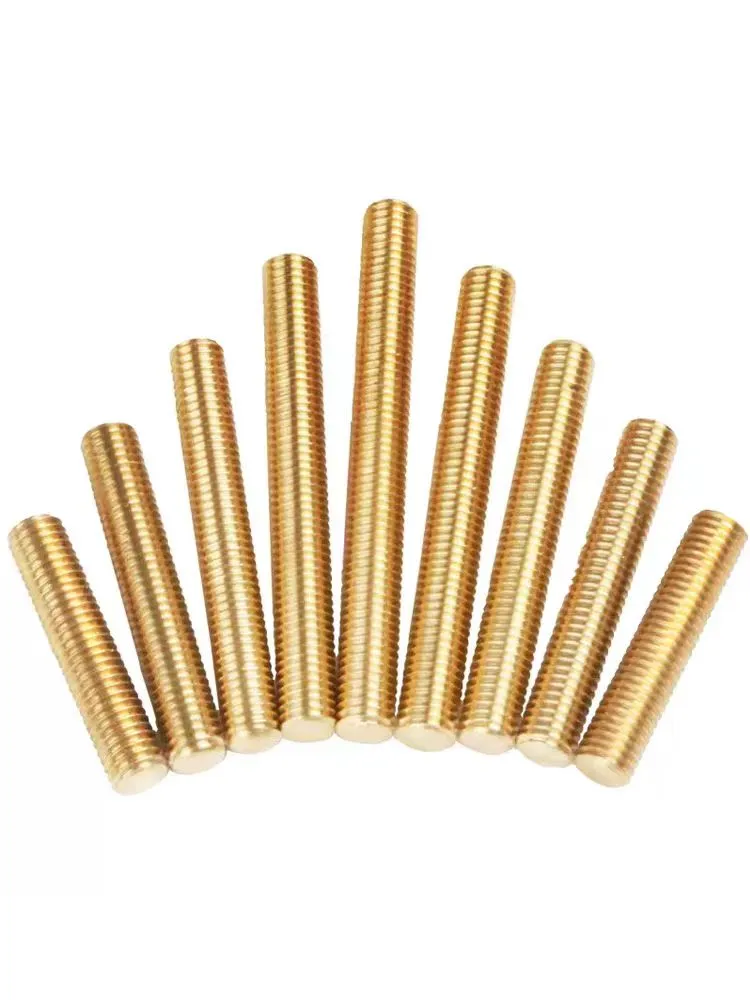

Self-tapping Screws for Efficient Metal to Wood Connections in Your Projects
Oct . 02, 2024 03:47 Back to list
Self-tapping Screws for Efficient Metal to Wood Connections in Your Projects
Self-Tapping Screws Connecting Metal to Wood
When it comes to construction and DIY projects, the choice of fasteners plays a pivotal role in ensuring structural integrity and longevity. One fastener that has gained significant popularity in a wide array of applications is the self-tapping screw. Particularly effective for connecting metal to wood, self-tapping screws offer a seamless solution for various projects, from cabinetry to outdoor decking.
Self-Tapping Screws Connecting Metal to Wood
The distinctive spiral thread of self-tapping screws provides excellent grip and holding power. This makes them ideal for applications where metal brackets or plates need to be securely attached to wooden structures, such as when mounting heavy fixtures or furniture. The threads cut into the wood while simultaneously anchoring the metal, creating a strong bond that can withstand various forces, such as tension and shear.
self tapping screws metal to wood

Choosing the right self-tapping screw for metal-to-wood applications involves considering several factors. First, the material of the screw is crucial. Screws made from corrosion-resistant materials, such as stainless steel or coated carbon steel, are preferable, especially for outdoor projects where exposure to moisture can lead to rust and degradation. Additionally, the gauge and length of the screw should be matched to the thickness of both the metal and the wood to ensure a secure fit without compromising the integrity of either material.
Another important consideration is the type of self-tapping screw. There are several varieties, including those designed specifically for wood or metal. It's essential to select a screw with a thread design and point style suitable for the materials involved. For instance, screws with coarse threads are better suited for wood, but if attaching thinner metal sheets, a screw with finer threads may provide a better grip.
Installation of self-tapping screws is fairly straightforward. Using a power drill or impact driver, one can drive the screw directly into the wood, through the metal, without the need for a pilot hole. This not only expedites the process but also enhances efficiency, especially in large-scale projects. However, it is important to use the correct speed and torque settings on your drill to avoid stripping the screw head or damaging the materials.
In conclusion, self-tapping screws serve as a robust and efficient solution for connecting metal to wood. Their design allows for simple installation while providing strong fastening capabilities essential for both residential and commercial applications. By selecting the appropriate type, size, and material, users can ensure a reliable bond that lasts, making self-tapping screws a valuable addition to any toolkit.
Latest news
-
Hot Dip Galvanized Bolts-About LongZe|High Strength, Corrosion Resistance
NewsJul.30,2025
-
High-Strength Hot Dip Galvanized Bolts - Hebei Longze | Corrosion Resistance, Customization
NewsJul.30,2025
-
Hot Dip Galvanized Bolts-Hebei Longze|Corrosion Resistance&High Strength
NewsJul.30,2025
-
High-Strength Hot-Dip Galvanized Bolts-Hebei Longze|Corrosion Resistance&High Strength
NewsJul.30,2025
-
Hot Dip Galvanized Bolts-Hebei Longze|Corrosion Resistance&High Strength
NewsJul.30,2025
-
Hot Dip Galvanized Bolts - Hebei Longze | Corrosion Resistance, High Strength
NewsJul.30,2025

